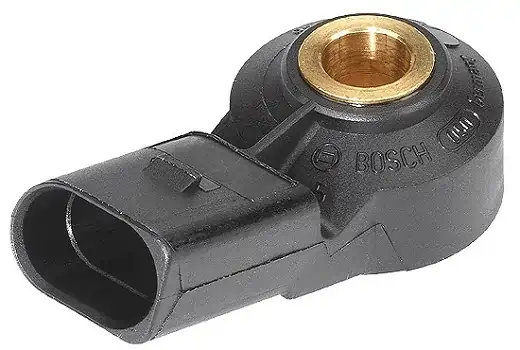Table of Contents
Introduction of Knock Sensor?
The knock sensor uses piezoelectric ceramics to detect engine knocking vibrations. The knock sensor is used for ignition advance control and helps improve fuel economy and engine performance.

When the knock sensor fails, the car accelerates sluggishly. Emissions are also lower because the engine can overheat. Overall, your car’s performance will be affected.
What is Knock?
Engine knock, also known as engine ping or detonation, is the noise and reaction that occurs when there is a second unplanned ignition or explosion in the cylinder, apart from the regular ignition by the spark plugs. In other words, knocking is bad news for your engine. For this to happen, a few things have to happen.
Essentially, spark plug ignition creates a flame front that travels through the rest of the cylinder space. This flame front movement pressurized the remaining air-fuel mixture. An increase in pressure means an increase in temperature. In some cases, it gets very hot and causes a second ignition. The second ignition causes him to create a second flame front, and this he is knocked by the collision of the two reactions.
Where Knock Sensor is Located?
Automotive knock sensors are located in the intake manifold, cylinder or engine block. The primary function of the knock sensor is to detect abnormal pulsations due to engine knocking. Basically, it’s the engine’s computer ear that determines if the engine is functioning properly.

What are the Symptoms of a Bad Knock Sensor?
These are the symptoms of bad knock sensor.
- Popping up of engine light.
- Bad acceleration.
- Loud sound.
- Poor mileage.
- Poor engine performance.
